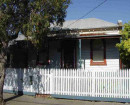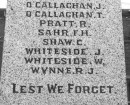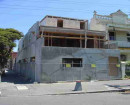THE MANSE
42 BARKLY STREET ST KILDA, PORT PHILLIP CITY
-
Add to tour
You must log in to do that.
-
Share
-
Shortlist place
You must log in to do that.
- Download report
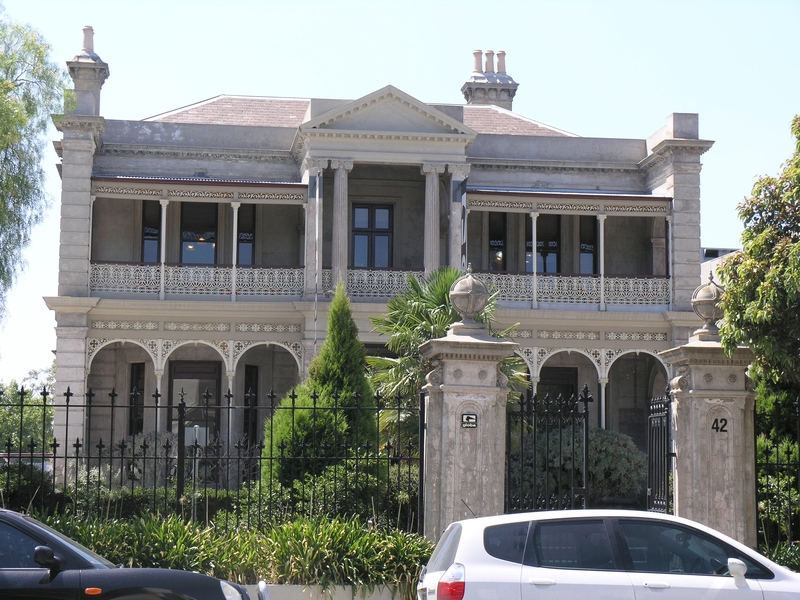

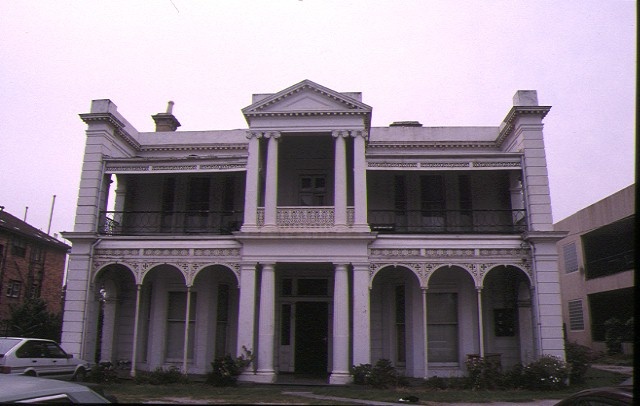
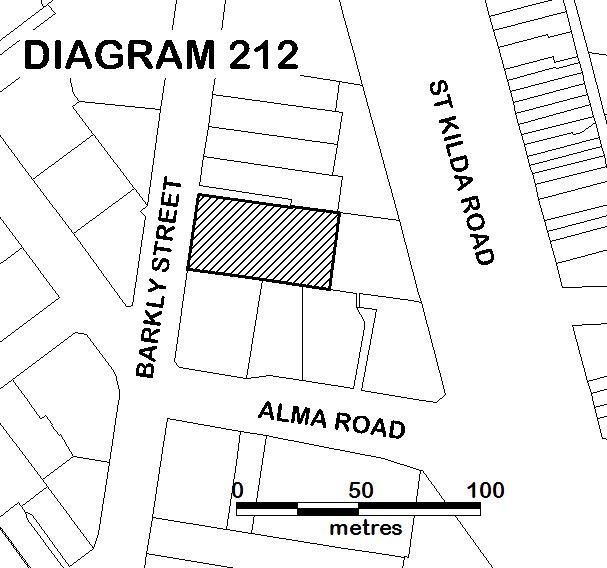
Statement of Significance
Stanthorpe, (also known as Stafford House, and later the Manse) is a substantial mid-Victorian, residence built for merchant, Andrew Sutherland. Born in Scotland, Sutherland arrived in Melbourne in 1852 aged 33 and became a partner in the prosperous firm of William Nicholson and Company, of Flinders Street. Four years later he purchased a large property in the fashionable and well-connected residential area of St Kilda hill, replacing the existing house with this one in 1874. Dominated by a central pedimented portico and elegant balcony, the rendered two-storey house is undeniably the work of architects, Crouch and Wilson, although documentary proof of their authorship is yet to be found. It is practically a replica of Cleveden next door (demolished), built as an investment by Sutherland. The restrained classicism of Stanthorpe's design extends to the internal features of the generously proportioned main rooms, and arched entrance hall with its Ferguson & Urie stained glass window displaying the Sutherland family crest. After Sutherland's death, the house remained a focus for Melbourne's influential citizenry, being owned or rented by businessmen and politicians James Patterson, Jonas Levien and Thomas Bent in the 1880s. In 1890 it was purchased by gentleman, Duncan Grant, whose extensions included a billiard room. After ownership by the Presbyterian Church from 1919, the house returned to private hands in 2000.
Stanthorpe is of historical, architectural and aesthetic importance to the State of Victoria.
Stanthorpe is historically significant for representing a phase in Melbourne's development when St Kilda, particularly, the hill, was a favourite residential location for merchants, politicians, members of the legal profession and other socially aspiring professionals. In particular, Stanthorpe is important for its association with Melbourne merchant Andrew Sutherland, who moved among the elite of Melbourne's business and political society from the 1850s to 1880. The property's association with status and its desirability as a residential address continued under the prominent identities Jonas Levien, Thomas Bent, and long term resident and owner, Duncan Grant whose addition of the billiard room underlines his position as a gentleman of Melbourne.
Stanthorpe is architecturally important as an outstanding example of the restrained mid-Victorian classicism of the late 1860s and early 1870s. Stanthorpe is important for its intactness, which is representative of the two main periods of its residential use, with its integrity reflecting the upper middle-class taste of the mid and late Victorian households of Sutherland and Grant.
Stanthorpe is aesthetically important for its internal ornamentation, notably the Ferguson & Urie stained glass entrance hall window commissioned by Sutherland for its decorative beauty as well as for its status symbol value. The hall tiles, pilasters, etched-glass windows, plasterwork and mantels contribute to the aesthetic integrity of Stanthorpe's essentially mid-Victorian decorative scheme.
[Source: Stanthorpe Conservation Management Plan, Heritage Alliance (2001)]
-
-
THE MANSE - History
Associated People: Tenant JONAS F.A. LEVIEN;THE MANSE - Permit Exemptions
General Exemptions:
General exemptions apply to all places and objects included in the Victorian Heritage Register (VHR). General exemptions have been designed to allow everyday activities, maintenance and changes to your property, which don’t harm its cultural heritage significance, to proceed without the need to obtain approvals under the Heritage Act 2017.
Places of worship: In some circumstances, you can alter a place of worship to accommodate religious practices without a permit, but you must notify the Executive Director of Heritage Victoria before you start the works or activities at least 20 business days before the works or activities are to commence.
Subdivision/consolidation: Permit exemptions exist for some subdivisions and consolidations. If the subdivision or consolidation is in accordance with a planning permit granted under Part 4 of the Planning and Environment Act 1987 and the application for the planning permit was referred to the Executive Director of Heritage Victoria as a determining referral authority, a permit is not required.
Specific exemptions may also apply to your registered place or object. If applicable, these are listed below. Specific exemptions are tailored to the conservation and management needs of an individual registered place or object and set out works and activities that are exempt from the requirements of a permit. Specific exemptions prevail if they conflict with general exemptions.
Find out more about heritage permit exemptions here.
-
-
-
-
-
LINDEN
 Victorian Heritage Register H0213
Victorian Heritage Register H0213 -
HALCYON
 Victorian Heritage Register H0775
Victorian Heritage Register H0775 -
FORMER PRIORY LADIES SCHOOL
 Victorian Heritage Register H0726
Victorian Heritage Register H0726
-
"1890"
 Yarra City
Yarra City -
"AMF Officers" Shed
 Moorabool Shire
Moorabool Shire -
"AQUA PROFONDA" SIGN, FITZROY POOL
 Victorian Heritage Register H1687
Victorian Heritage Register H1687
-
177 Fenwick Street
 Yarra City
Yarra City -
19 Cambridge Street
 Yarra City
Yarra City -
2 Derby Street
 Yarra City
Yarra City
-
-










